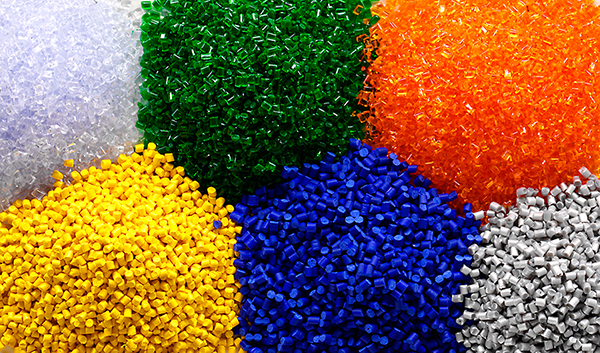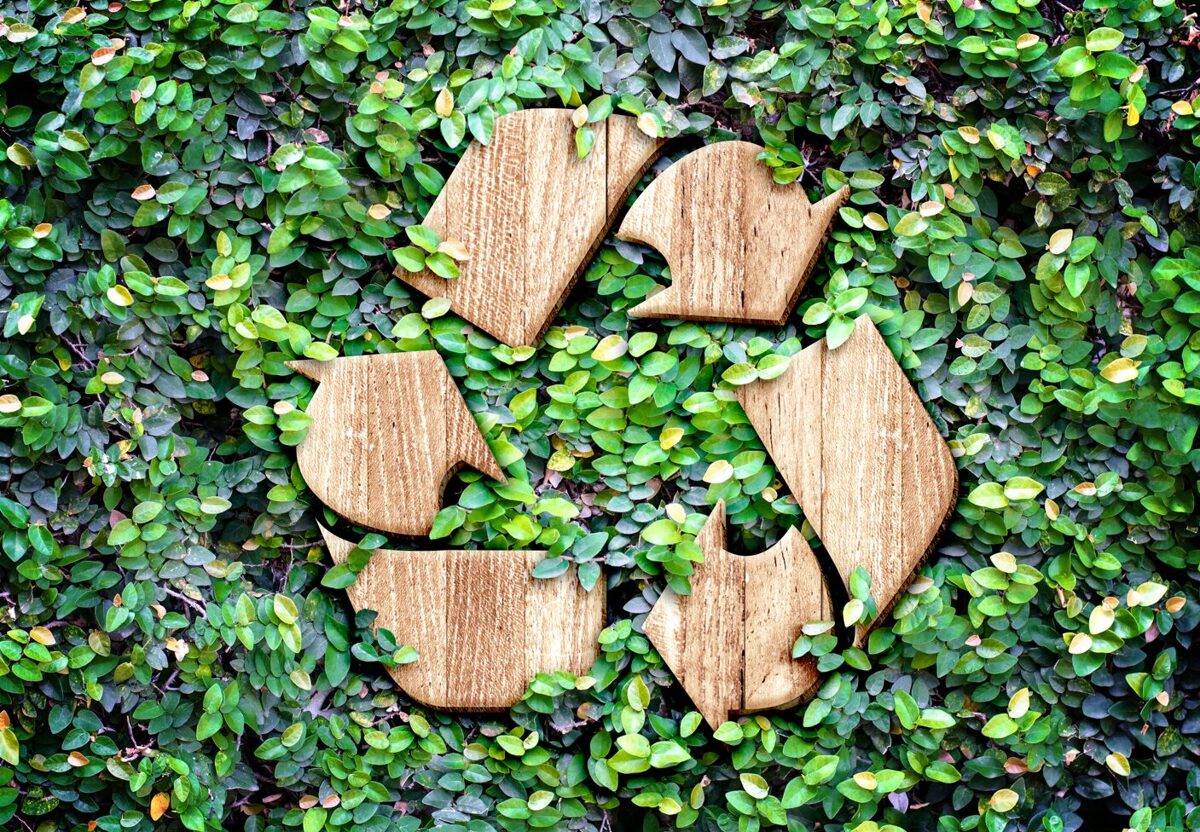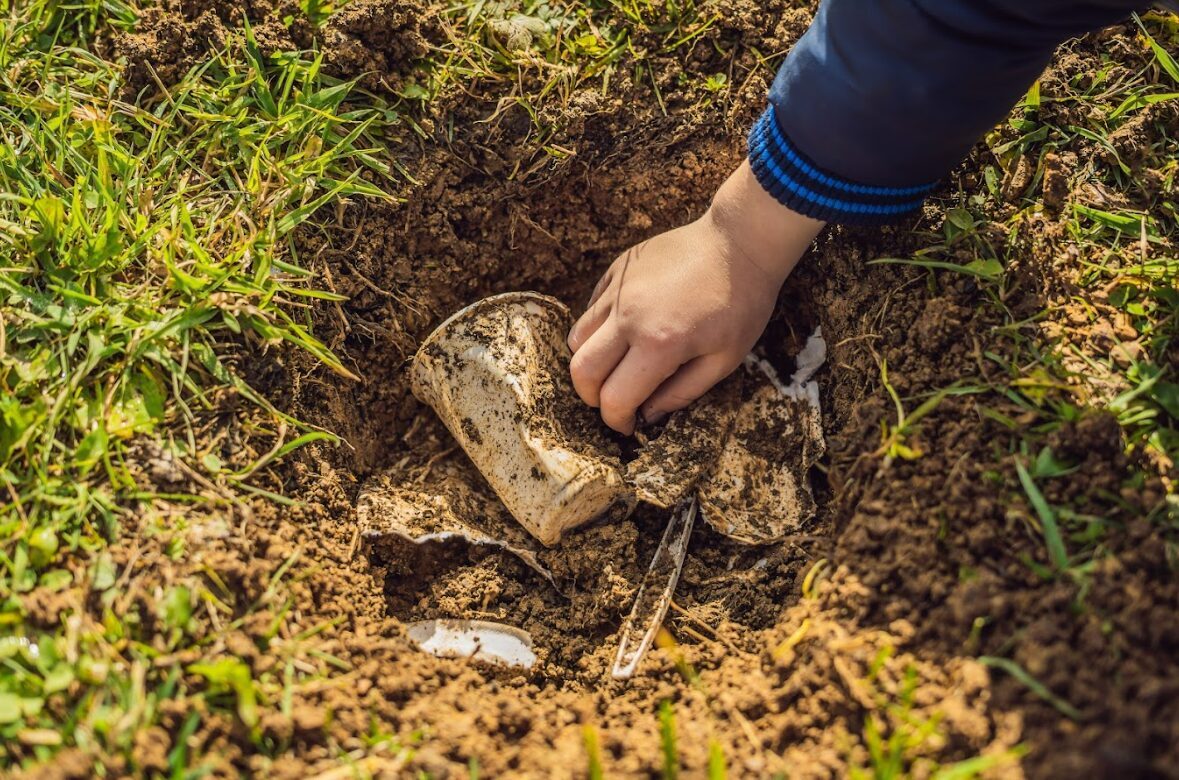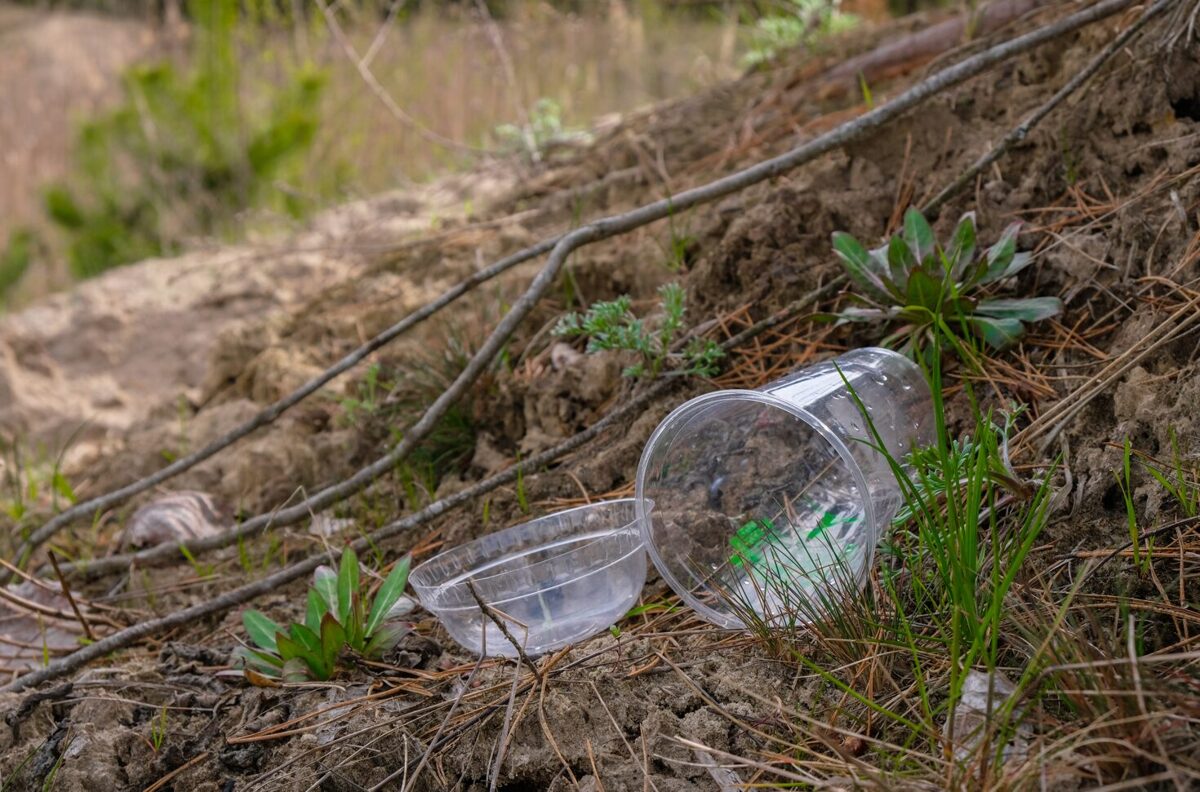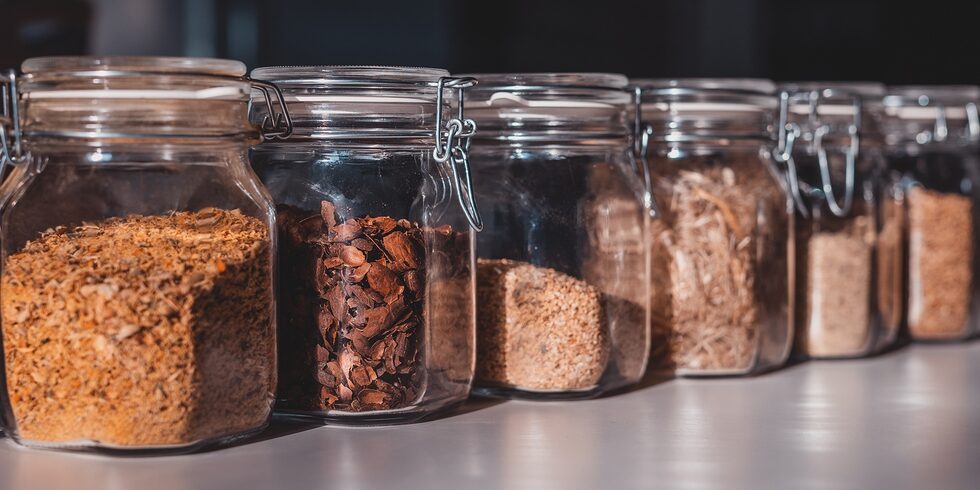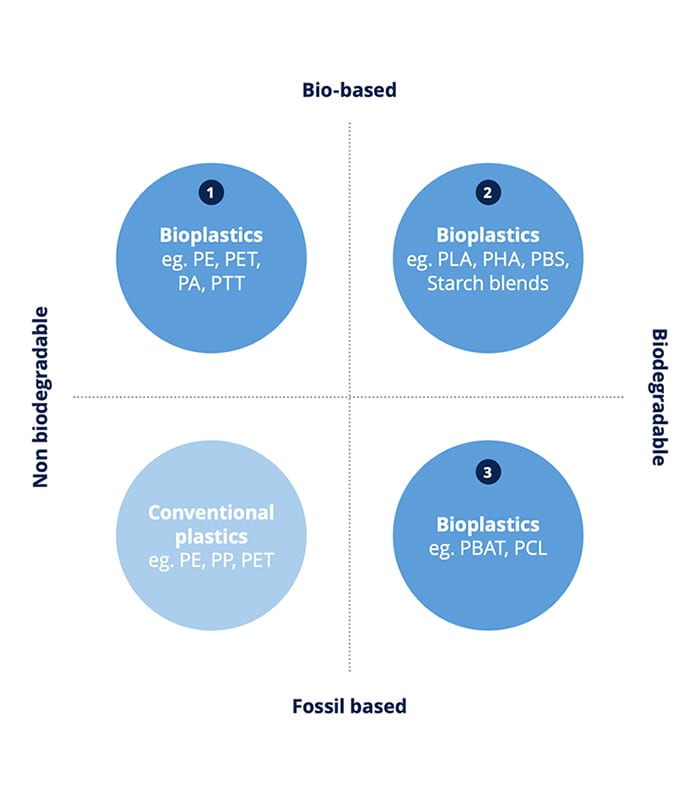Polyethylene (PE) – is one of the most popular thermoplastic materials. It is available in different crystalline structures, referred to as HDPE, LDPE, and LLDPE. This commodity plastic is produced by addition or radical polymerization. It is used in a large array of applications: plastic containers, bottles, bags, plastic toys, etc.
Polypropylene (PP), e.g. PPH, PPC, PPR, PP-R - is a tough, rigid, and crystalline thermoplastic. It is made from propene (or propylene) monomer. This linear hydrocarbon resin is the lightest polymer among all commodity plastics. PP comes either as homopolymer or as copolymer and can be greatly boosted with additives. most common plastic for are mainly used in packaging, houseware, film, and pipe applications, as well as in the automotive and electrical segments.
Acrylonitrile butadiene styrene (ABS) is an opaque engineering thermoplastic widely used in electronic housings, auto parts, consumer products, pipe fittings, lego toys, electronic equipment cases (e.g. computer monitors, printers, keyboards), drainage pipes and many more.
Polycarbonate (PC) is a transparent thermoplastic with carbonate functional groups. Its high strength makes it resistant to impact and fracture. It is lightweight so an excellent alternate to glass. PC is melted and forced into a mold with high pressure to give it the desired shape. It is widely used owing to its eco-friendly processing and recyclability. PC is commonly used for plastic lenses in eyewear, in medical devices, automotive components, protective gear, greenhouses, Digital Disks (CDs, DVDs, and Blu-ray), and exterior lighting fixtures.
Polyamide (PA), e.g. Nylon, PA6, PA66, PA6+GF (glass fiber filled) up to 30%. - PA6 & PA66 are by far the most used polyamides globally. Both Polyamide 6 (PA6) and Polyamide 66 (PA66) are widely used in many different markets and applications due to their excellent performance/ cost ratios. Polyamide is used in the production of items that require both strength and flexibility, including fishing line, electrical connectors, gears, guitar picks and strings, medical implants, toothbrushes, wear pads, wheels, tennis racket strings, tents etc.
Polystyrene (PS), e.g. HIPS - is non-toxic, odorless, and lightweight, making it very popular for food packaging applications. It also has high impact strength and good dimensional stability. Used to produce products, like disposable drinking cups, egg cartons, trays, fast-food containers, cushioned packaging, and thermal insulation for the construction market. Medical applications include pipettes, Petri dishes and medicine containers.
Polylactic acid (PLA), - It is one of the most promising biopolymers used today and has a large number of application such as Healthcare and medical industry, Packaging, Automotive applications etc. It is eco-friendly (it is renewably-sourced, biodegradable, recyclable and compostable), biocompatible (it is non-toxic), processability (it has better thermal processability compared to poly(hydroxyl alkanoate) (PHA), poly(ethylene glycol) (PEG) and poly(γ-caprolactone) (PCL)). Polylactides break down into nontoxic products during degradation and being biodegradable and biocompatible, reduce the amount of plastic waste.
Thermoplastic elastomers (TPE), sometimes referred to as thermoplastic rubbers. e.g. TPE-s, TPS-SEBS with Shore A from 20 to 90. - Thermoplastic elastomers show advantages typical of both rubbery materials and plastic materials. It is a polymer material with the characteristics of thermoset vulcanized rubber and thermoplastic. TPE exhibits high elasticity of thermoset vulcanized rubber at room temperature and good processability of thermoplastic at high temperature. Widely used in many major end-user markets, including consumer products, electronics, medical devices, automotive, and much more
Polycarbonate + acrylonitrile butadiene styrene (PC+ABS) a blend of PC and ABS that creates a stronger plastic. Polycarbonate/acrylonitrile butadiene styrene is most commonly used in the automotive and electronics industries. PC-ABS plastic is used to make: glove boxes, overhead and middle consoles, used in car interior and exterior parts and also in mobile phone bodies, etc.
